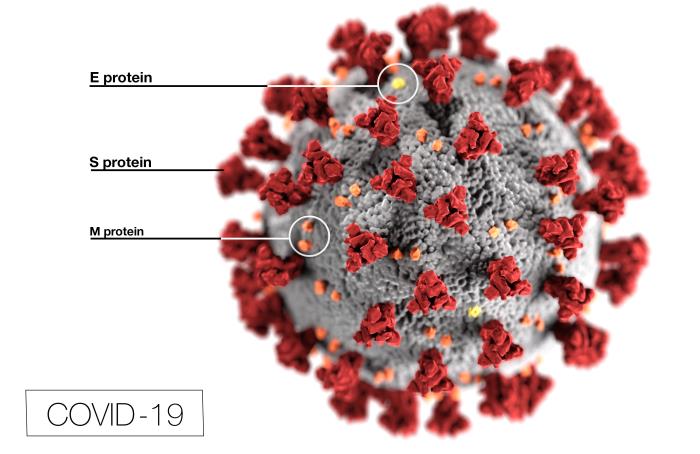On NYC’s Push Against COVID-19 Vaccine Myths

A recent article provides an overview of the New York City health agency’s efforts to combat misinformation and disinformation about vaccines at the height of the COVID-19 pandemic. The campaign involved many challenges crisis communicators typically face.
The Jan. 11 article, “Combating Misinformation as a Core Function of Public Health,” on the website of the New England Journal of Medicine, details how the health department fought falsehoods appearing in both traditional and social media. Of major import was its March 2021 creation of a Misinformation Response Unit.
Think of it as a crisis communications team. As with any such well-managed team, it monitored the media, responded with accurate information and evaluated the need for ongoing effort. Social media, naturally, presented a special problem. Early on, the New York City health commissioner wrote to social media platforms to encourage them to crack down on untruths.
Population Control
The misinformation included accusations that the vaccines affected fertility, that they were a form of population control and, interestingly, that they turned people into monkeys.
The unit was particularly concerned with fabrications spread in underserved communities, where COVID-vaccination rates were low. Related to that, doing this in New York City meant monitoring media across many different ethnic groups and languages and creating culturally appropriate messages. The unit developed relationships with more than 100 community-based organizations — in other words, it nurtured ties with third-party influencers, an important crisis communications strategy.
“These groups were key partners in rapidly disseminating accurate, culturally tailored information through leaders and representatives trusted by local communities,” write the authors, who were involved in the city’s truth crusade.
Fertility Issues
By spring 2021, national surveys showed fertility issues were the primary cause of vaccine hesitancy. The health department confronted that by creating talking points, producing a public-service announcement and gathering third-party resources that were circulated to community medical staff and others, including its doula network.
This situation taught us to be transparent with the public about what we do not know, rather than to stay silent in the face of heightened community concern.
— “Combating Misinformation as a Core Function of Public Health”
The unit found that some issues were harder than others. While distortions about vaccine ingredients were fairly straightforward, myths about safety presented more challenges. Because the fertility science was based on complex clinical studies or came from the Centers for Disease Control and Prevention and other national organizations dealing with their own mistrust issues, messaging was especially daunting.
“Their nuanced statements were often no match for blunt disinformation,” the authors write. “This situation taught us to be transparent with the public about what we do not know, rather than to stay silent in the face of heightened community concern.”
That’s another crisis communications rule: Be open about what you do and don’t know.
Truth Sandwich
The health department followed a recommended practice of not repeating the misinformation in its messaging. Yet it found that with especially tough issues, including fertility, it had to take on the falsehoods directly. It used the “truth sandwich” approach, in which the incorrect information is invoked but the correct information is emphasized. For example, it created a “true/false” debunking campaign.
The authors admit evaluating the efforts’ success, especially with social media, is difficult. Some sources, such as the health department’s Health Opinion Poll, suggest the work did indeed help combat the myths.
Photo Credit: CDC
Sign up for our free weekly newsletter on crisis communications. Each week we highlight a crisis story in the news or a survey or study with an eye toward the type of best practices and strategies you can put to work each day. Click here to subscribe.




 Back to Blog
Back to Blog